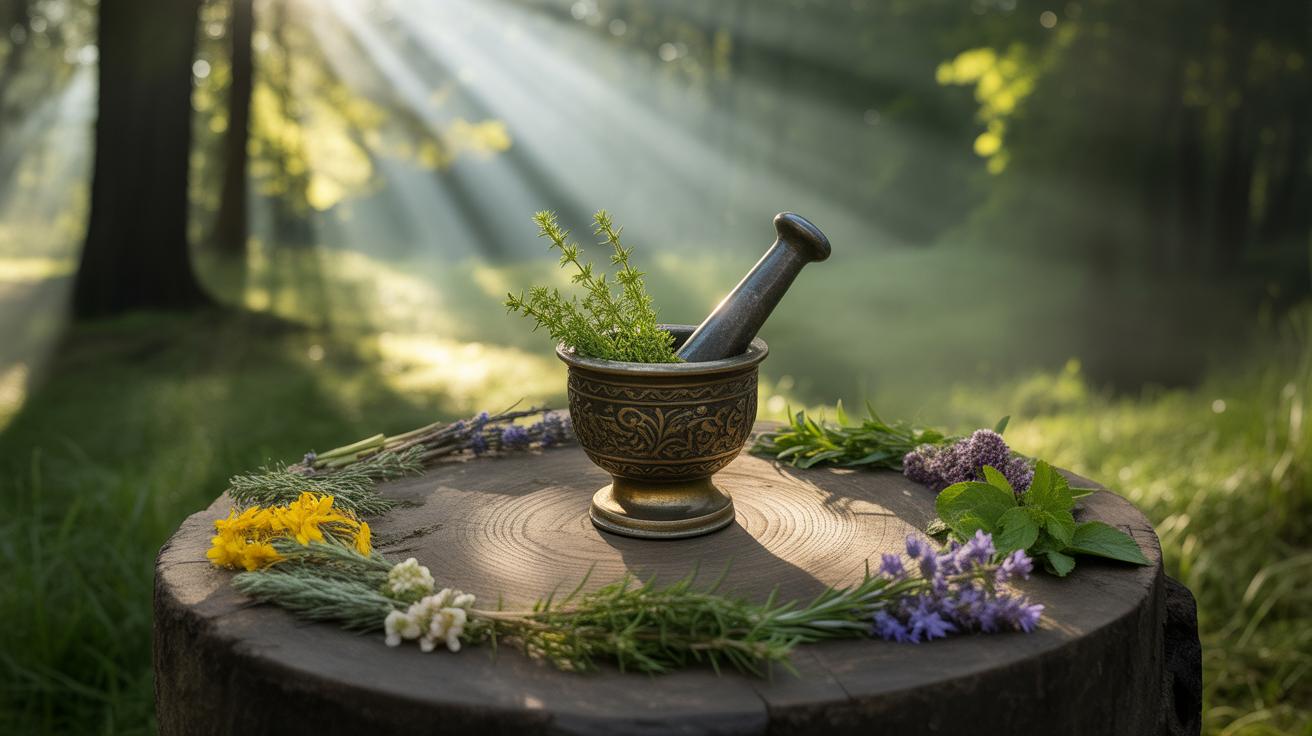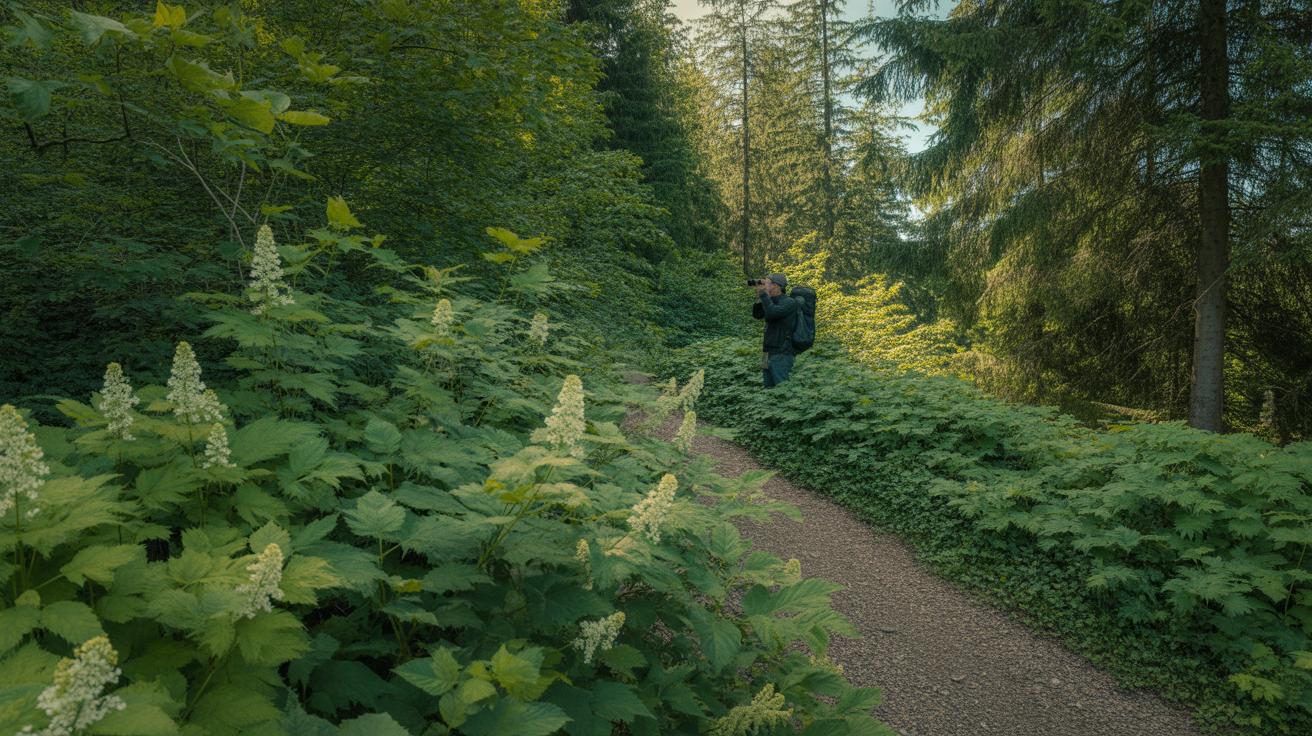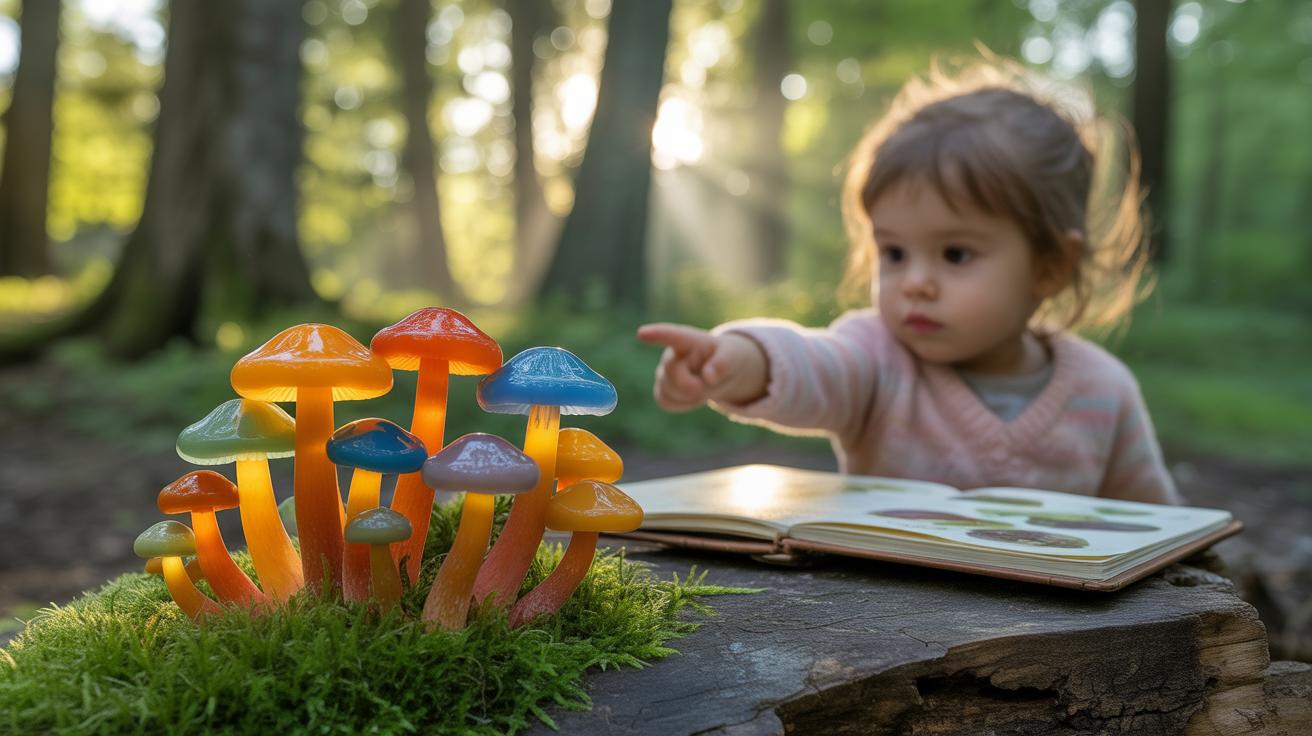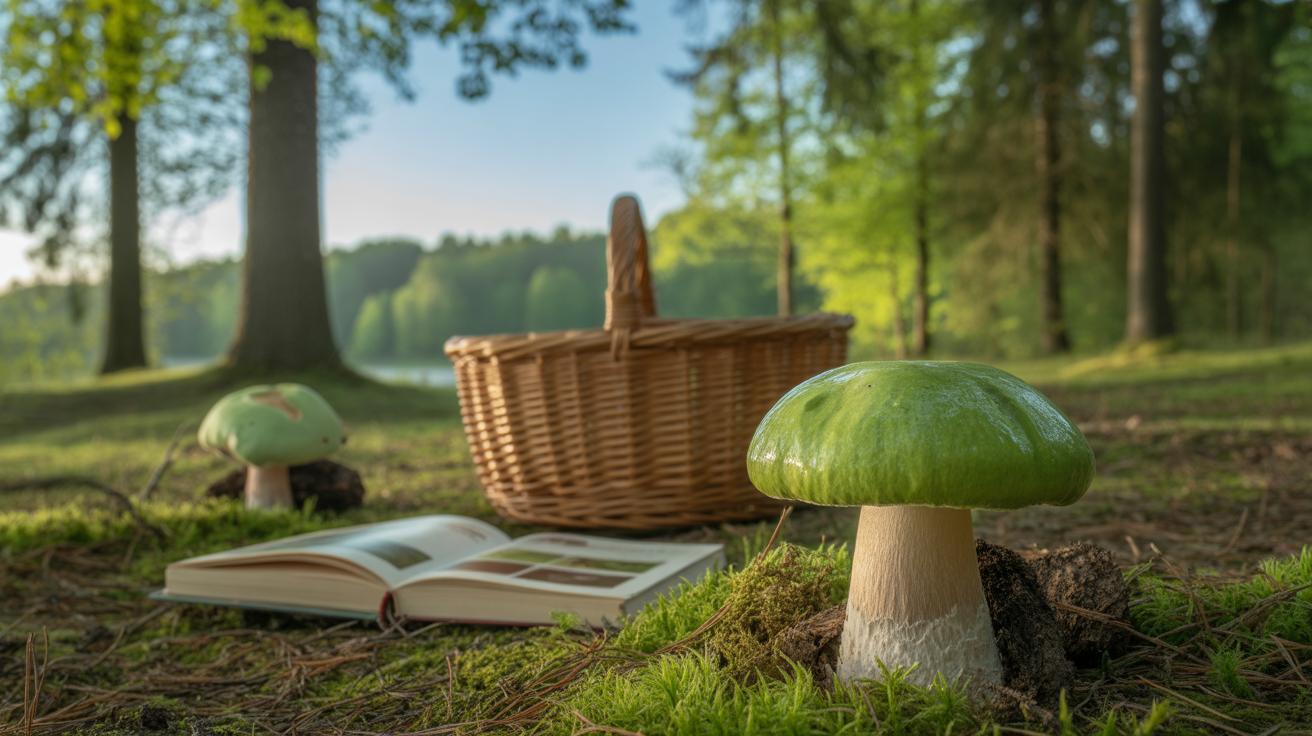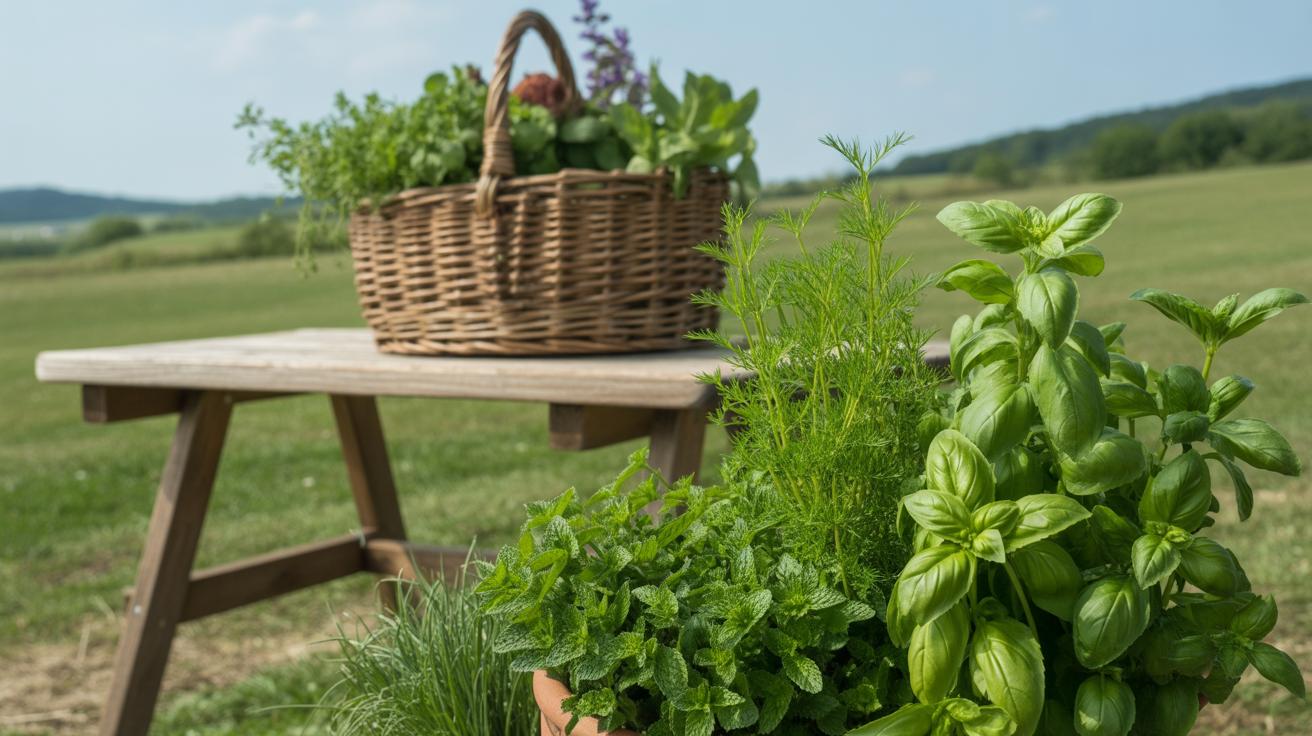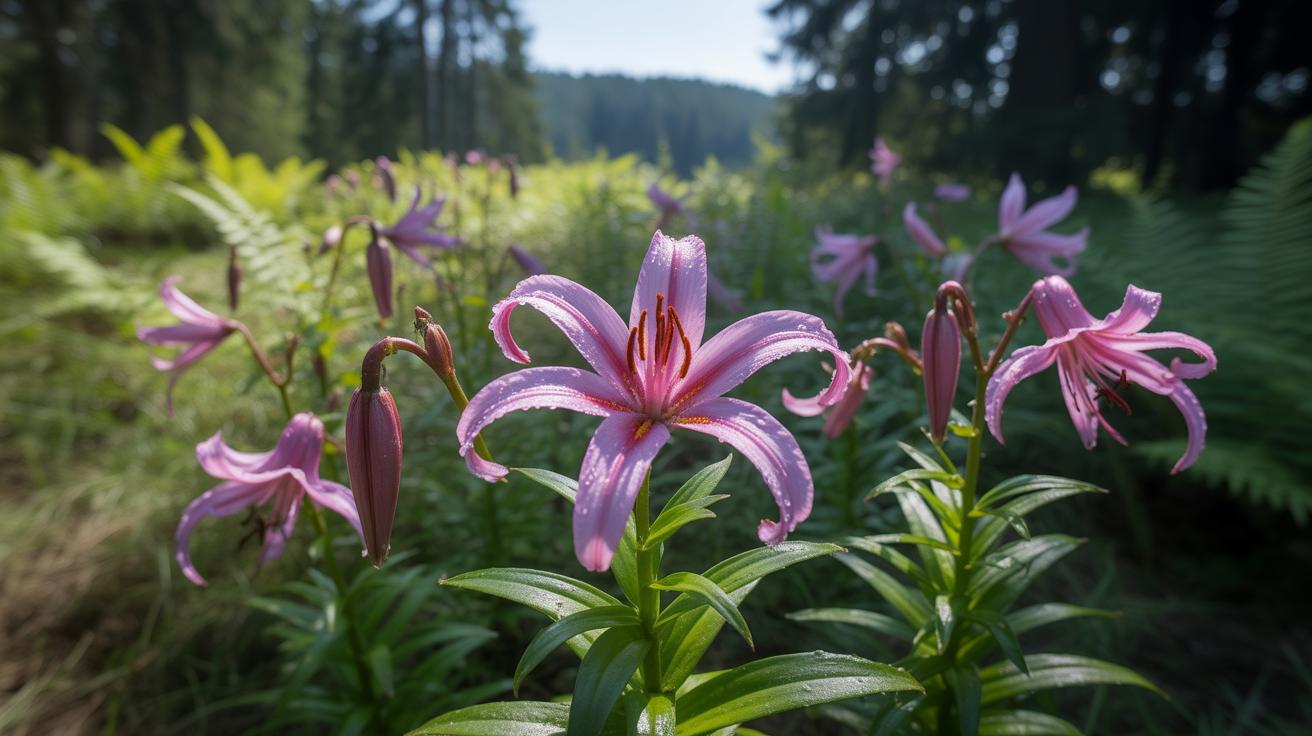Introduction
Discover Ancient Traditions Using Magic Herbs Outdoors is about exploring how people long ago used herbs found in nature for healing, magic, and daily life. These herbs had special meanings and powers. Many cultures learned to use them carefully and passed down their knowledge from generation to generation.
In this article, you will learn about how magic herbs were used outdoors in ancient times, what kinds of herbs were important, and ways you can use herbs safely today. This story connects history, nature, and practice in a simple way that anyone can follow.
The Ancient Roots of Magic Herbs
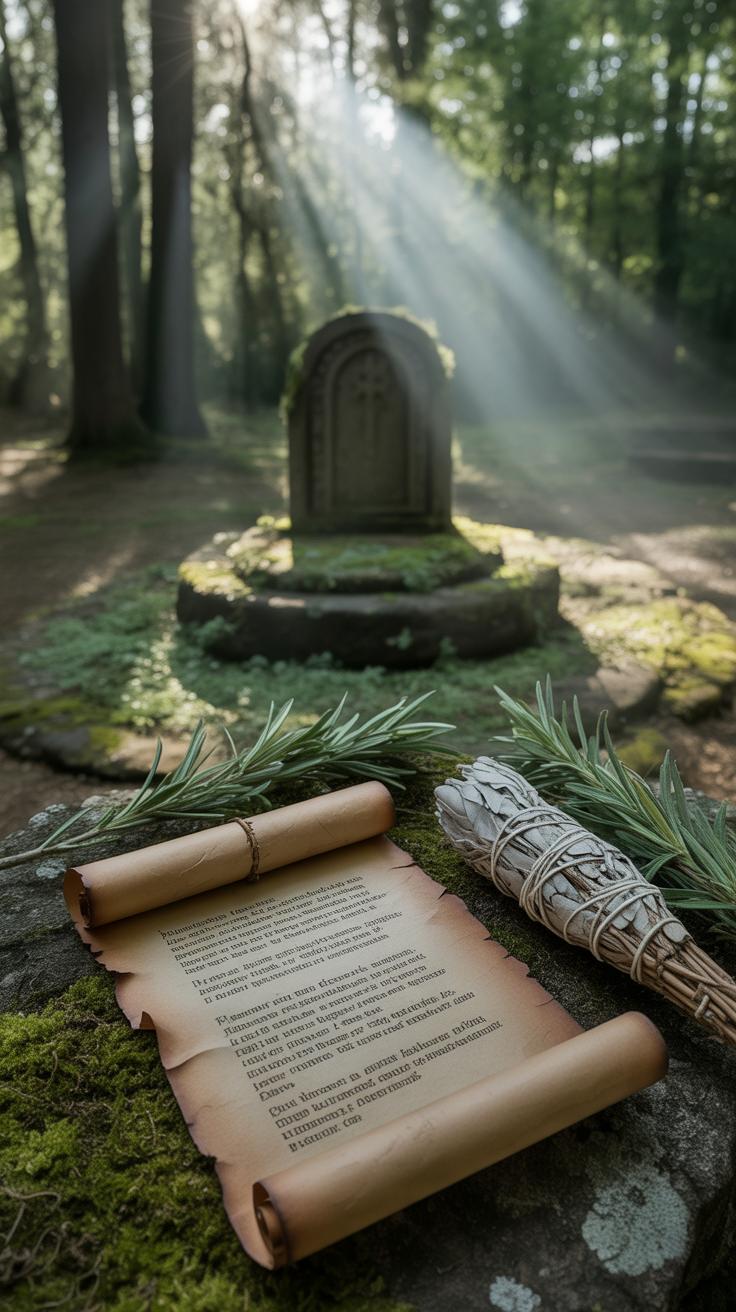
The story of magic herbs begins deep in ancient times, when early human communities saw the natural world as a source of not just food, but power and mystery. People noticed how certain plants affected the body or the mind. Maybe they drank water infused with a particular leaf and felt calmer, or they burned a herb and sensed the air shifting around them. These experiences didn’t happen indoors, but outdoors—where plants grew wild and free. This connection to the earth made herbs especially meaningful.
In many ancient civilizations, herbs were tied to the landscape itself—the soil, the seasons, the sun. People often gathered them at dawn or dusk, moments believed to hold particular energy. The simple act of picking a plant outside was part of its magic. Sometimes, rituals took place among trees or on hillsides, blending healing with nature’s rhythms.
Early Uses of Magic Herbs
Take the Egyptians, for example. They used herbs like thyme and myrrh not just for medicine but in sacred ceremonies outdoors. Or the Greeks, who might carry leaves of laurel during festivals, trusting in its protective qualities. You can almost picture those early gatherings—crowds in open spaces, people chanting, holding sprigs of special plants that bound them to their surroundings.
In many cases, magic herbs treated illnesses in very practical ways: poultices applied to wounds, teas brewed for digestive issues. But beyond healing, they also played a role in rituals designed to ward off evil or attract good fortune. That blurred line between health and magic feels oddly familiar, doesn’t it? It’s as if magic wasn’t separate from life—it was entangled with it.
Cultural Connections
Across the world, different cultures interacted—sometimes through trade, sometimes conflict—and with these exchanges came knowledge of herbs and their uses. Some secrets were closely guarded, passed down through generations in small, trusted groups. Other times, knowledge spread more openly, traveling along caravan routes or by word of mouth during communal gatherings.
You might wonder how consistent this knowledge was. In truth, cultures interpreted herbs quite differently. A plant considered sacred in one region could be common in another. Even the methods of collection and use varied. Yet a shared respect for these plants grew everywhere. Imagine standing in a distant field, knowing that somewhere else, a different culture might be walking among the same magic herbs—each holding a unique understanding but connected by a common thread.
Does this shared heritage hint that magic herbs belonged to no single people, but to nature itself, available to anyone who sought them? It’s a question worth keeping in mind as you explore these old ways yourself.
Common Magic Herbs and Their Properties
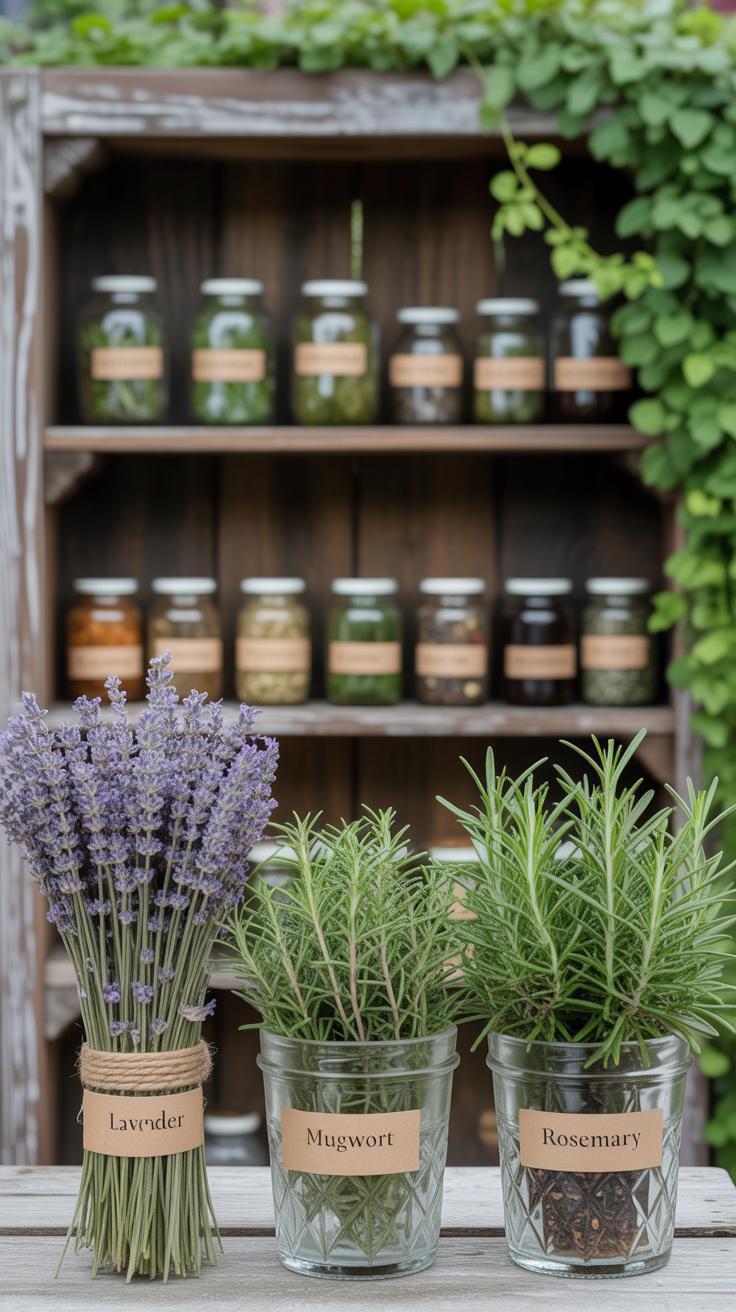
When exploring magic herbs outdoors, some names keep coming up again and again. These plants carry stories, powers, and uses that stretch back centuries. Take mugwort, for instance. Often found along roadsides or near old fields, mugwort draws people who seek to enhance their dreams or to create protective circles outside. Its slightly bitter leaves seem ordinary, but many swear by its ability to sharpen intuition—though you might find it works better for some than others.
Basil, despite its culinary fame, has a place in outdoor magic too. It’s thought to bring peace and harmony when grown near the home, calming both the spirit and the air around it. And then there’s St. John’s Wort, a golden flower that folk healers trusted to lift dark moods. Even today, seeing its bright blooms can feel like a small spark of hope on an overcast day.
Another common magic herb is sage, especially white sage, which is burned outdoors in smudging ceremonies. Many claim it clears negative energy, though the scent alone changes a space noticeably. The list could go on—each plant carries unique qualities, and sometimes their effects are subtle or personal, depending on who uses them.
Healing Herbs You Can Find Outdoors
You might be surprised just how many healing herbs grow wild or in simple gardens. Yarrow is one such example. It often pops up in grassy areas and was once crushed to staunch bleeding or ease muscle pain. Its cluster of small white flowers doesn’t look like much, but the plant’s practical use in first aid is well documented. Similarly, plantain leaves—common on sidewalks and open fields—can soothe insect bites and minor cuts when applied fresh.
Chamomile grows in many outdoor settings and has long been brewed into teas for calming upset tummies or soothing anxiety. You may find it near farmlands or in disturbed soil, so it’s worth keeping an eye out. Even dandelion, often dismissed as a pesky weed, holds healing power: its roots and leaves aid digestion and support liver health.
These herbs thrive outside, often overlooked but reliable, almost like nature’s quiet nurses. Maybe you’ve tested a few yourself, or maybe you’re curious which might help the next time you’re hiking or camping.
Herbs for Protection and Energy
Some herbs were—or still are—collected and carried not for healing the body, but for shielding the spirit and boosting energy. Cedar, for example, isn’t an herb in the strict sense, but its branches and needles are used outdoors in many cleansing rituals, believed to create a protective barrier. You might notice the sharp, fresh scent lingering in sacred groves or near ritual fires.
Rosemary is well-known for its use in protection and memory enhancement. Outdoors, it grows in sunny spots, and carrying a sprig or hanging it at your door was meant to guard against harm and evil influences. I recall once tying rosemary around my backpack during a long hike, thinking it might add strength, even if just psychologically.
Then there’s nettle—prickly but powerful. People harvested it not only for physical nourishment but also because it was thought to raise energy and defend against negativity. Or maybe it was just that feeling of being stung that reminded you to stay alert! Either way, it’s a curious mix of discomfort and power.
These herbs invite us to consider not just what grows in the wild, but how our ancestors related to the natural world—drawing strength, protection, and healing all from leaves, stems, and flowers right outside their doors.
How to Identify and Harvest Magic Herbs
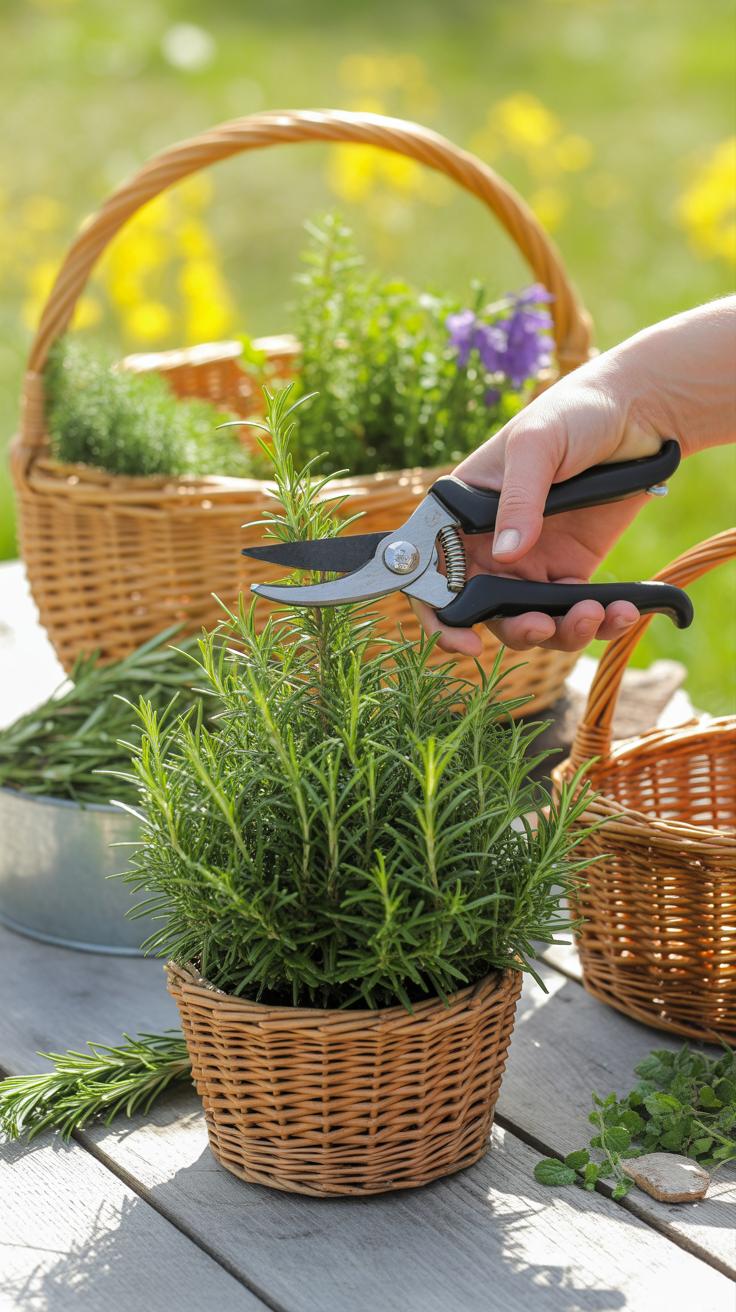
Spotting Magic Herbs in the Wild
Finding magic herbs outdoors isn’t always straightforward. You often rely on subtle hints—like the shape of leaves or a particular scent hanging in the air. Take mugwort, for example. Its deep green, slightly jagged leaves and a faintly bitter, earthy smell make it distinctive if you pay close attention. On the other hand, lavender stands out with its narrow, silvery leaves and a sweet floral aroma that almost draws you in. Sometimes, you might confuse one herb for another, especially if you’re new to it. It helps to touch the leaves gently; many magic herbs have a textured or slightly fuzzy feel, which can be a clue.
Try to remember that lighting and the season influence how herbs look. A plant may appear different in early spring than in late summer. Sometimes, the smell is stronger after a rain, sometimes it’s barely there. This variability means you need to approach each site with fresh eyes and not fully trust memory alone. I’ve walked past patches of herbs more than once before realizing what I’d missed the first time.
Best Times and Methods to Collect Herbs
Picking herbs at the right time affects both their magic and safety. Early morning, after the dew evaporates but before the sun burns the leaves, tends to be prime time for harvesting. That’s when the herb’s essential oils, which hold much of its power and aroma, are likely at their peak. I believe mid-morning also works if the day begins cold or cloudy, but midday sun can dry out the delicate parts too quickly. One rule I follow is to avoid harvesting after heavy rain; the water washes away scent and energy, making the herbs less potent.
When you gather, be gentle. Snip or pinch off just enough—leaves, flowers, or stems—without uprooting the entire plant. Leaving the roots intact lets the herbs regrow. Think of it as borrowing, not taking. If you need a lot, spread out and take small amounts from several plants instead of stripping one bare. Also, avoid plants that show signs of disease or insect damage. They’ll likely yield less vibrant energy and won’t last as long. Have you noticed how some herbs wilt strangely when you bring them inside? That’s usually a sign they were picked too roughly or at the wrong time.
Using Magic Herbs in Outdoor Rituals
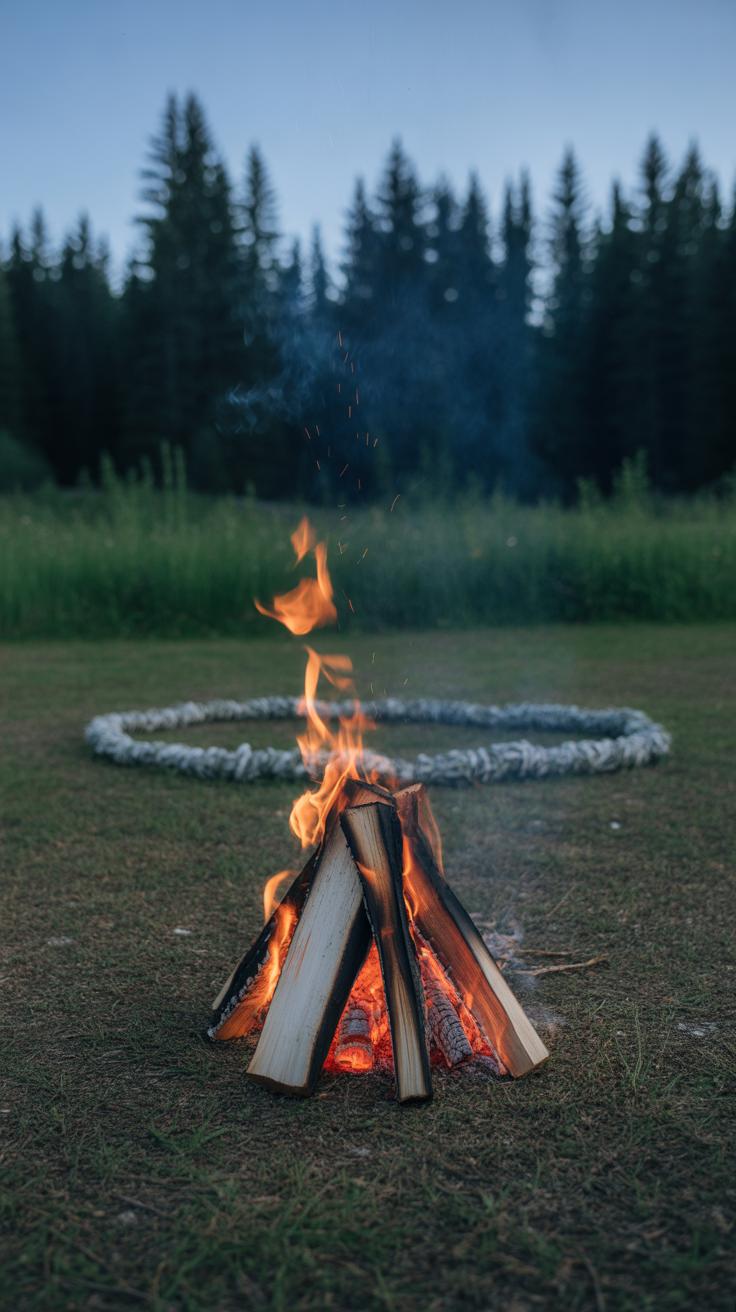
Creating herbal rituals outdoors taps into a quiet, steady rhythm that’s hard to find inside. For wellbeing and focus, a simple practice is to gather a few fresh or dried herbs—perhaps lavender for calm, rosemary for clarity, or sage to clear the mind. Hold them in your hands, breathe deeply, and set a small intention like “peace” or “strength.” You might scatter the herbs around your space or place them in a small bowl nearby. The ritual doesn’t need to be complex; sometimes just spending a few moments consciously with herbs in nature shifts your mood or sharpens focus.
Rituals work best when tailored to you. Try adjusting timing, location, or even the herbs themselves until it feels right. Doesn’t that raise the question: what feels authentic to *you* when using these plants?
Making Herbal Sachets and Bundles
Herbal bundles are surprisingly easy to prepare, making them a great go-to for outdoor magic. Start with flexible twigs (like willow or cedar) and a handful of fragrant herbs—think mugwort, thyme, or cedar leaves. Wrap the herbs tightly in the twigs and tie them with a natural string or grass.
Sachets, on the other hand, involve filling small cloth pouches with dried herbs. These can be slipped into your pocket or hung near your outdoor space. People often use sachets to carry protective or calming energy with them, and it’s just as effective under an open sky.
Both bundles and sachets can be refreshed periodically—don’t hesitate to replace herbs when their scent fades or your intention changes. I’ve noticed that even the act of making these bundles feels like a grounding ritual in itself.
Creating Herbal Smudges and Baths
Smudging outdoors is a great way to clear stagnant energy, both in your space and around you. Simply tie a small bundle of drying herbs—sage, sweetgrass, or cedar are popular choices—then light one end carefully, letting it smolder. Walk slowly around your ritual area, allowing the aromatic smoke to drift. It’s a sensory experience that seems to shift atmosphere almost instantly, though sometimes the effect feels subtle, almost psychological.
Herbal baths offer a quiet, inward version of clearing and strengthening energy. You can add fresh or dried herbs like chamomile, rosemary, or mint to a warm bathwater. If you’re outdoors near a natural water source, dipping your hands or feet in the infusion can feel especially reconnecting. Baths help you slow down—though to be honest, it sometimes takes a bit of patience to sink fully into that stillness.
Both smudges and baths rely on sensory connection—smell, warmth, touch—a reminder that magic here involves more than just the herbs themselves.
The Connection Between Magic Herbs and Nature

Magic herbs naturally grow outdoors, not just because they need sunlight, but because their energy seems tied to the land itself. The soil, the air, the nearby plants — all of these play a subtle role in how these herbs develop their unique properties.
When you think about it, an herb picked wild in a forest feels different than one grown indoors under artificial light. There’s a kind of quiet power that comes from being part of a larger ecosystem, which might explain why magic herbs thrive best outside. Nature supports their growth not only physically but, some say, spiritually too.
Nature’s Role in Herbal Magic
Have you noticed how some herbs become strongest in certain seasons? The environment influences more than just growth. Weather patterns like rain, wind, or drought can actually change the potency of a herb’s magic. For example, sage harvested after a dry spell is thought to be more potent for cleansing rituals.
Seasons matter, too. Summer herbs often carry energy of growth and vitality, while those from autumn hold qualities of protection and letting go. Even the time of day can matter—morning dew might be absorbed by leaves, adding a fresh life force to the plant. This connection with natural cycles is something you can observe yourself by simply spending time with your herbs outdoors.
Growing Your Own Magic Herb Garden
Starting a magic herb garden near your home doesn’t need to be complicated. Pick a spot that feels right—maybe where the sun hits for a good part of the day, or near other plants that seem friendly. Some herbs like rosemary or basil are pretty forgiving and will grow in many conditions, while others like mugwort prefer more shade.
Here are a few tips to consider as you plant:
- Use natural soil and avoid chemicals to keep the energy pure.
- Water your plants thoughtfully; sometimes less is more when encouraging strong magical qualities.
- Spend time with your garden—touch the leaves, smell the herbs, talk to them if you want. This might sound odd, but many herbalists say it deepens the connection.
Planting herbs outside means you’re sharing space with nature’s rhythms—and maybe that’s where their true magic begins. Have you tried growing magic herbs yourself? What little surprises did you find along the way?
Herbal Healing Outdoors for Body and Mind
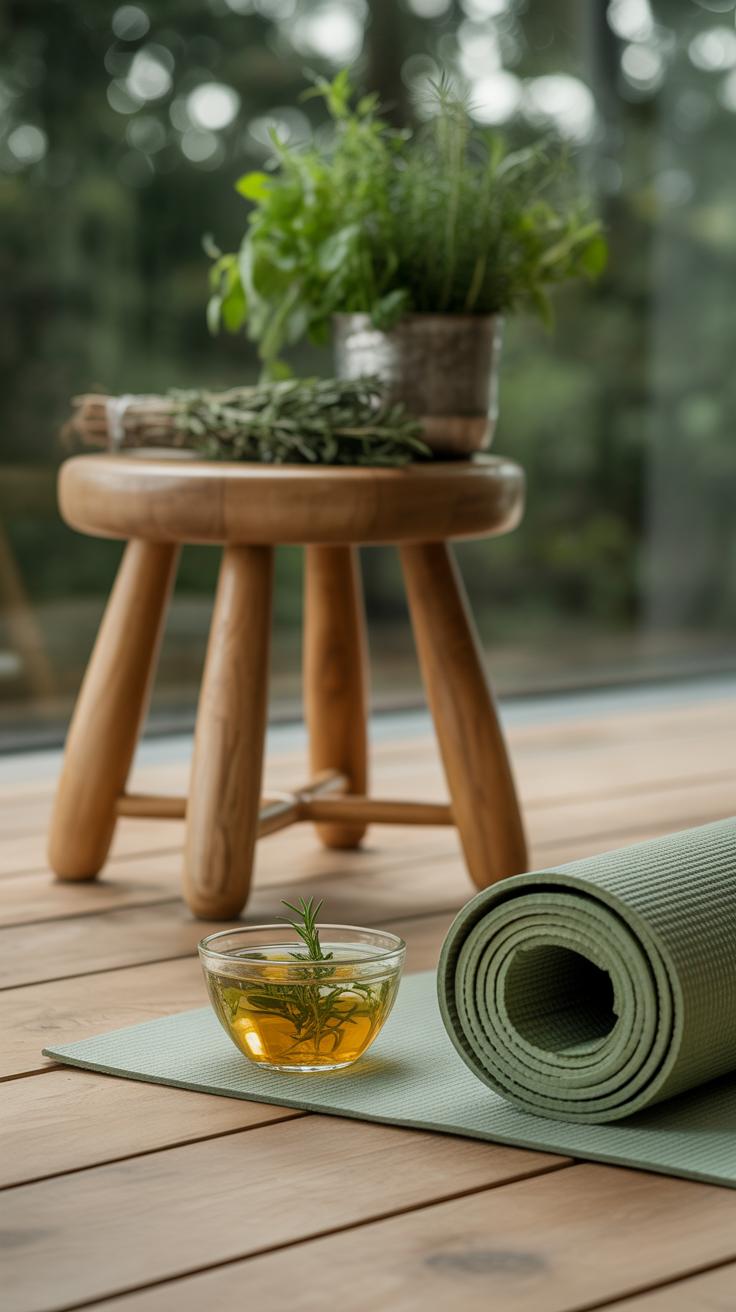
Spending time outdoors with magic herbs can actually bring real benefits to your body and mind. It’s not just about picking leaves or flowers; the whole experience—the sunlight, fresh air, and the subtle scents—seems to enhance the healing effects. You might notice your mood lifting or a sense of calm washing over you as you work with these plants directly in nature.
For physical health, herbs like yarrow and calendula have been used for minor cuts and scrapes right on the spot. Preparing a simple poultice outdoors feels natural and immediate, cutting down the time between injury and relief. Plus, the natural environment doesn’t just surround you; it interacts with the herb’s oils and properties in unpredictable ways that might be lost indoors.
Mentally, herbs such as lavender and lemon balm stand out. Breathing in their aroma among the greenery can ease anxiety quietly but effectively. Maybe you’ve noticed how a short walk surrounded by these scents can soften a busy mind? That’s part of their charm. The outdoors encourages a slower pace and presence, allowing these herbs to work on your mood as you engage your senses fully.
Simple Herbal Remedies from Nature
You don’t need a fancy setup to make basic herbal treatments outside. Here are a few you might try during your next walk or garden visit:
- Lavender-infused water: Crush fresh lavender and add it to a bottle of water for a calming spritz to cool and refresh.
- Plantain leaf poultice: A quick crush and apply on insect bites or small wounds to reduce itching and inflammation.
- Mint tea: Gather mint leaves and steep in hot water in a portable container for quick digestion relief.
- Chamomile flower compress: Boil chamomile flowers and soak a cloth to soothe tired eyes or skin irritation.
These remedies offer hands-on healing without much fuss. But what if you don’t have a pot or heat source? Sometimes just rubbing crushed leaves on your skin can bring surprising relief. It’s simple and close to nature—no interruptions.
Herbs That Lift Your Spirit
When you think about calming anxiety or chasing away low moods, a few herbs come to mind. St. John’s Wort is traditionally believed to help with mild depression, though its effects may vary and aren’t instant. Just being among these plants outdoors could contribute to a sense of uplift.
Other herbs, like lemon balm and rosemary, are often used to brighten the mind or ease tension. Many people find that breathing their scent in open air, rather than a concentrated room, feels gentler and more grounding.
Still, these herbs aren’t magic cures delivered on demand. Your mindset and environment play a big part. Using them outside might feel different—perhaps softer, less clinical—which can encourage your mood to shift naturally. It’s worth trying to tune in to how your body reacts in these subtle ways.
Respect and Safety When Working with Magic Herbs
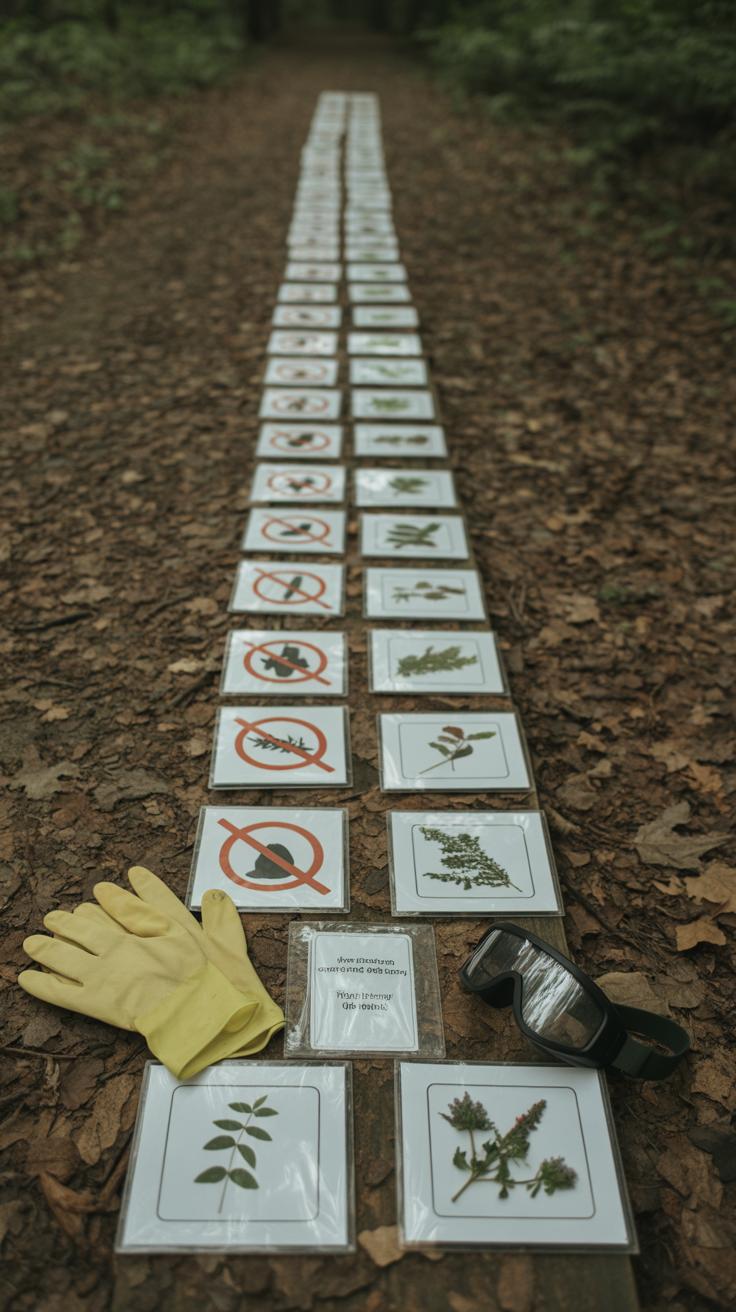
Working with magic herbs outdoors means more than just gathering plants—it’s about honoring the natural world. Nature isn’t an endless supply. If you take too much or pick the wrong way, the plants might not come back next season. So, when you harvest, always leave enough behind. Think about taking bits here and there rather than stripping a whole patch.
Try these simple methods to protect herbs and their habitats:
- Use scissors instead of pulling plants by hand.
- Harvest from several spots rather than concentrating in one area.
- Pick plants that are abundant and avoid rare or protected species.
- Be mindful of local regulations or private property boundaries.
Also, remember that just because something is natural doesn’t mean it’s always safe. Some magic herbs can cause allergic reactions or be mildly toxic, especially if you touch or ingest them without care. For example, contact with rue can irritate skin, and ingesting too much of certain herbs like belladonna might be dangerous.
Before using any plant, test a small patch on your skin and wait a day or two to see if there’s a reaction. When brewing or ingesting, start with tiny amounts and pay attention to how your body responds. And of course, avoid combining herbs if you’re unsure—they can interact in unexpected ways.
Respecting nature and your own body helps keep these traditions alive and safe for everyone. Do you ever wonder how many generations have carefully learned which herbs to touch and which to avoid? Maybe that caution still matters today.
Combining Magic Herbs with Outdoor Activities
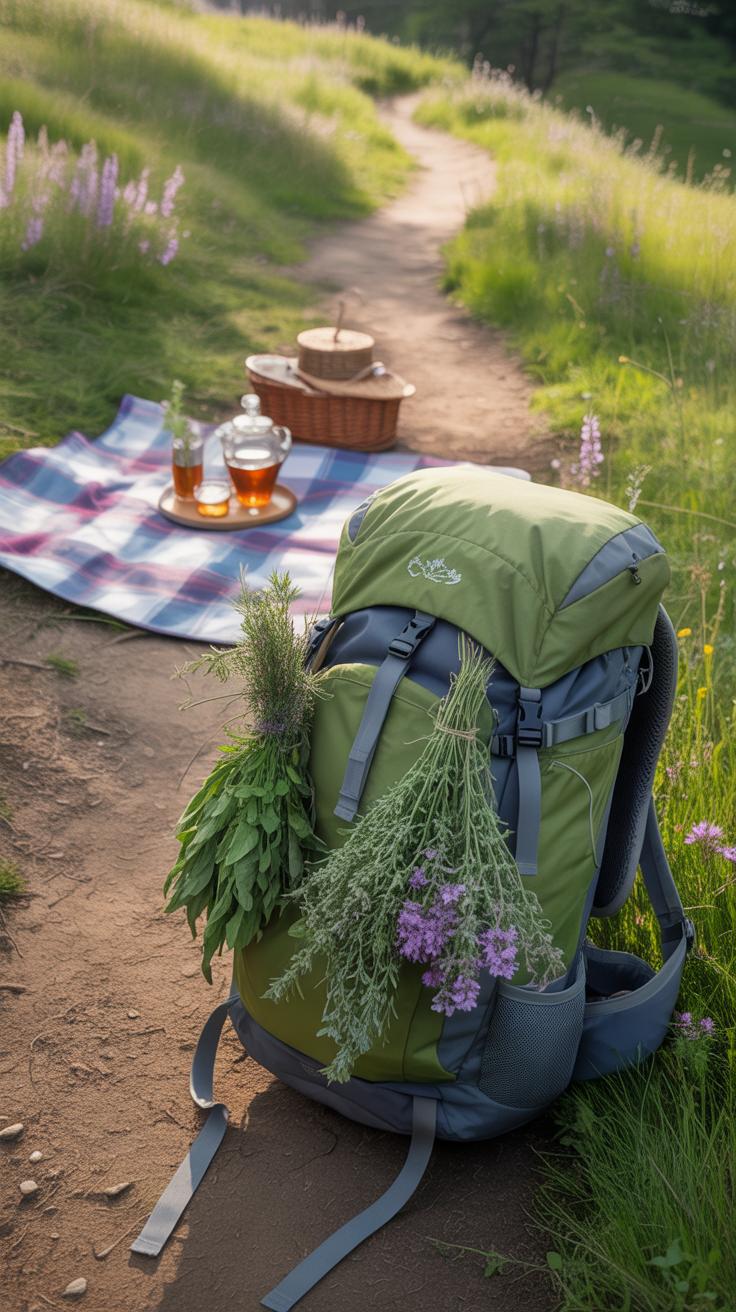
Herbal Hiking Tips
When you step onto a hiking trail, you can turn your walk into more than just exercise. Watching for magic herbs along the way opens a new layer of awareness. Take some time to identify common plants like wild mugwort or yarrow—both known for their protective qualities. You might gently brush a leaf or two, releasing scents that ground your mind or ease stress.
Try carrying a small journal or sketchbook. Note which herbs you encounter and how they affect your mood or energy. Some people find that rubbing crushed lavender leaves calms their nerves during long climbs. Be mindful, though, not to strip plants bare. A little respect goes a long way here.
What if you pressed a few leaves or flowers between pages to carry their energy with you? Perhaps, but always make sure the plants are common and abundant in the area. This way, you keep your connection alive without disturbing the local balance.
Camping with Magic Herbs
Camping invites simple ways to fold magic herbs into your routine. Imagine hanging bundles of sage or cedar near your tent entrance to freshen air and keep unwanted spirits at bay. Lighting a small fire with dried sweetgrass can change the feeling of the whole camp—making it feel cozy, almost charged.
You might steep some wild chamomile or lemon balm leaves for a calming tea before bed. That ritual itself feels like a gift, a moment that holds something ancient and quietly powerful. Plus, it helps with sleep after a long day outdoors.
Sometimes, applying crushed jewelweed on bug bites offers relief and a kind of soothing magic that feels just right after a day in nature. It’s simple, but these little herbal touches—when used thoughtfully—can deepen how connected you feel to the environment and maybe even to yourself.
Future of Magic Herbs in Outdoor Traditions
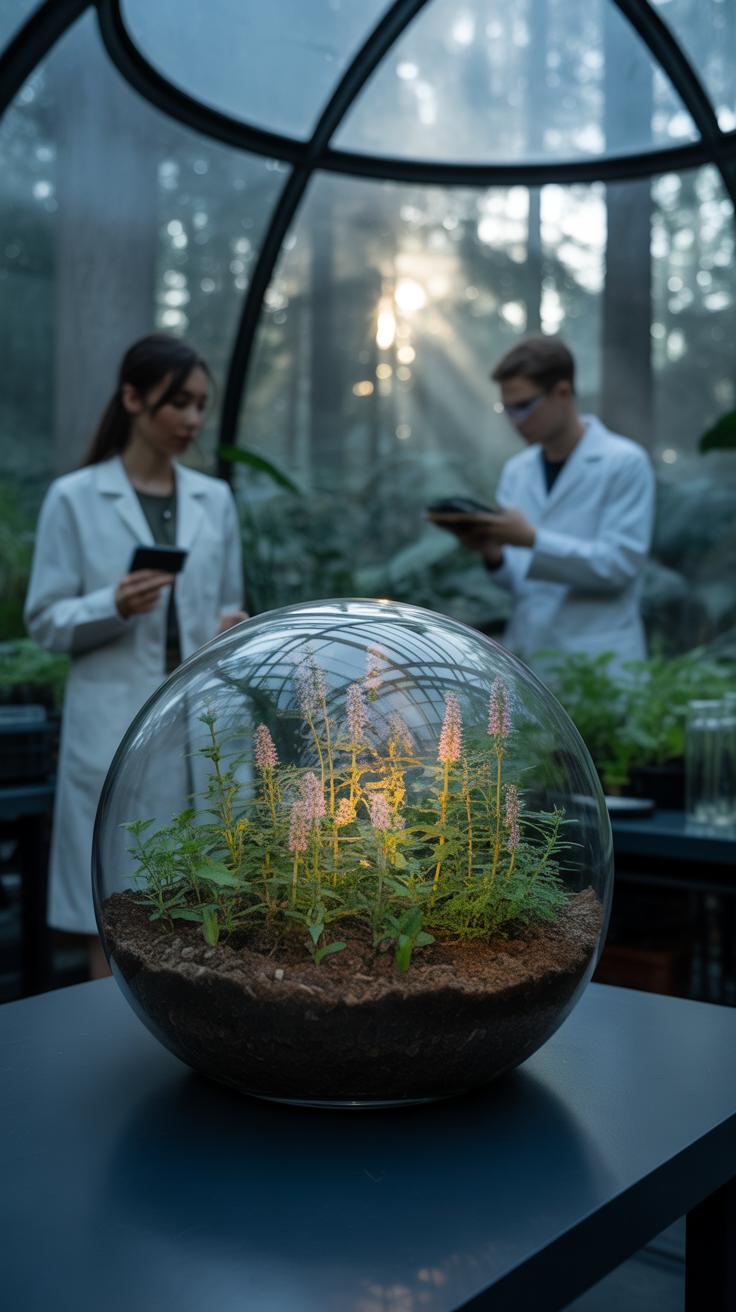
Modern Uses of Magic Herbs
Magic herbs are far from relics of the past. Today, many people bring them into their outdoor rituals in surprisingly practical ways. For example, some hikers carry small bundles of mugwort or lavender to cleanse the air around their campsites, believing the scents ease anxiety and invite calm. Others grow herbs like basil or rosemary in garden spaces dedicated to mindfulness or ritual use, combining healing properties with daily rhythms.
There’s also a growing interest in herbal steam baths made from wild-picked herbs, which blend tradition with wellness trends. These practices don’t always fit neatly under “magic” or “medicine,” but the overlap is what keeps the tradition alive. It’s a bit like rediscovering something you thought was lost, but with fresh eyes, even if some parts feel unclear or uncertain.
Sharing Herbal Knowledge
Learning about magic herbs today often happens outside formal classrooms. Workshops held in community gardens or nature centers let people connect hands-on with these plants. Storytelling plays a big role—elders or passionate herbalists pass on tricks that are easy to forget in books.
Learning feels slower, less scripted, and that makes it real. You may find yourself teaching a friend after a walk in the woods or swapping tips on herb drying with neighbors. Sharing knowledge this way creates a living tradition, even if it’s patchy or uneven over time. Maybe the future will hold new ways to gather and preserve this wisdom, but for now, it often depends on simple conversation and shared experience outdoors.
Conclusions
Magic herbs have a long history outdoors. They were part of healing, rituals, and everyday needs across many cultures. Understanding their uses connects us to nature and ancient wisdom. When you learn the right ways to find and use these herbs, you can benefit from their natural powers safely and enjoyably.
Using magic herbs outdoors encourages a bond with the earth. It invites you to observe and respect plants around you. This knowledge supports wellness and creativity. Exploring these traditions opens a new path to appreciating nature’s gifts.


